Home>diy>Building & Construction>What Is A Fascia In Construction
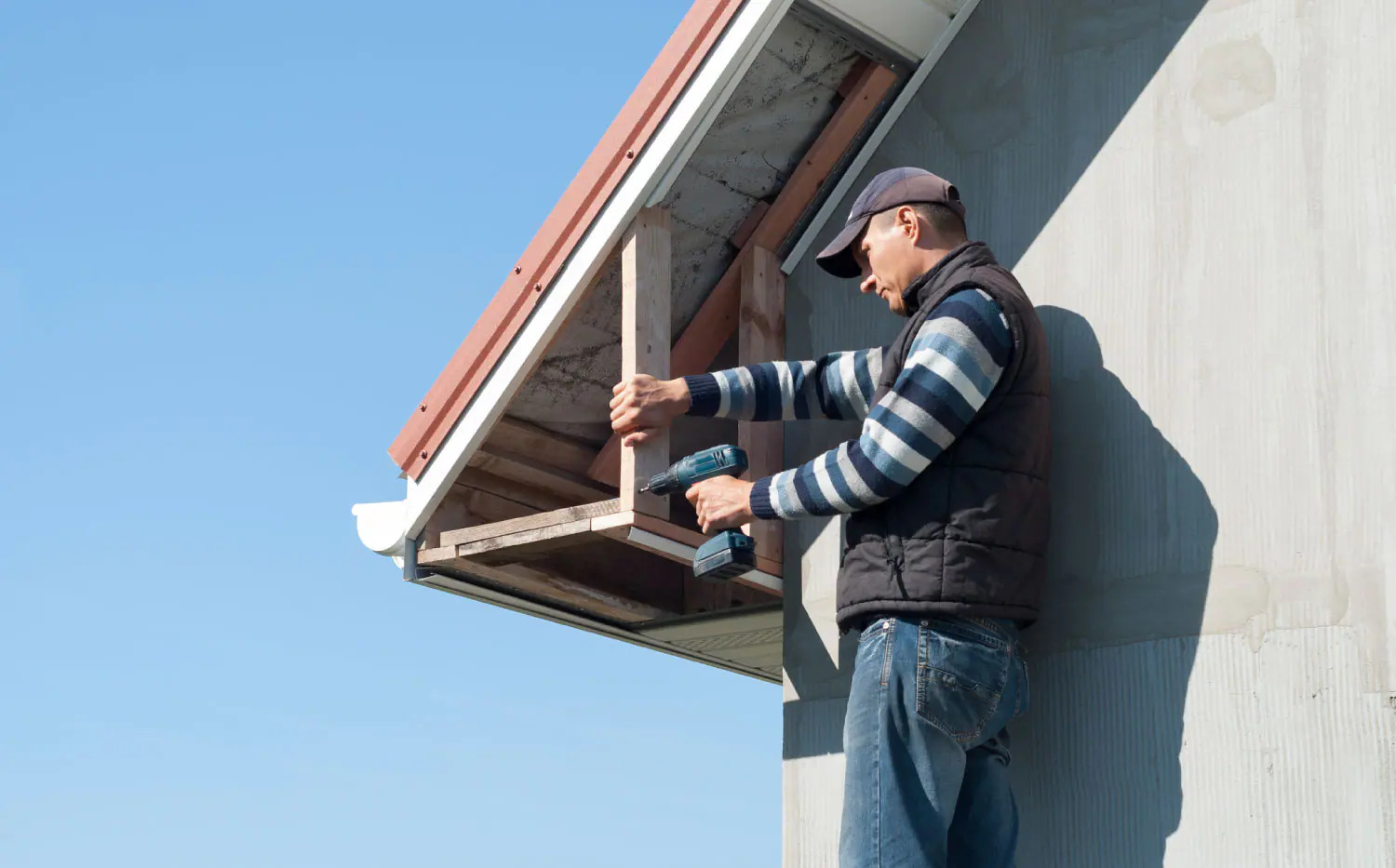

Building & Construction
What Is A Fascia In Construction
Modified: March 6, 2024
Learn about the role and importance of fascia in building construction. Discover how fascia boards protect and enhance the structure of a building.
(Many of the links in this article redirect to a specific reviewed product. Your purchase of these products through affiliate links helps to generate commission for Storables.com, at no extra cost. Learn more)
Introduction
Welcome to the fascinating world of construction! In every building project, whether residential or commercial, there are various components that come together to create a functional and aesthetically pleasing structure. One often overlooked but essential element is the fascia.
The fascia plays a crucial role in the overall construction and appearance of a building. It serves as a protective barrier, covering the ends of the roof rafters and the underlying structure. But what exactly is a fascia, and why is it so important in construction?
In this article, we will delve into the world of fascia, exploring its definition, functions, materials used, installation techniques, maintenance requirements, common issues, and the benefits of a well-maintained fascia. By the end, you will have a comprehensive understanding of this crucial construction element.
Key Takeaways:
- Fascia is like a protective shield for buildings, keeping out rain and supporting gutters. It also adds a fancy touch to the building’s look.
- Regular maintenance of fascia is super important. It helps prevent rot, keeps the building strong, and makes it look great for a long time.
Read more: What Is Fascia In Construction
Definition of Fascia
In construction, the fascia refers to the vertical band or board that runs along the edge of the roofline, typically at the eaves or the gables of a building. It acts as a protective covering, concealing and securing the ends of the roof trusses or rafters. The fascia is typically located just below the edge of the roof and is visible from ground level.
Functionally, the fascia serves as a barrier that shields the underlying structure from weather elements such as wind, rain, and snow. It prevents moisture from seeping into the roof structure, which can lead to damage and deterioration over time. Along with the soffit, which is the horizontal board that extends from the underside of the fascia, it helps to create a finished and cohesive look for the building’s exterior.
The fascia also plays a vital role in supporting the gutter system. The gutters are attached to the fascia, allowing them to efficiently collect and divert rainwater away from the building’s foundation. This helps to prevent water damage and erosion, ensuring the structural integrity of the building.
Furthermore, the fascia contributes to the overall aesthetics of the building. It can be customized to match the architectural style and design preferences, adding a decorative touch to the exterior. Depending on the design, the fascia can be simple and understated or elaborate and ornamental, enhancing the visual appeal of the building.
Overall, the fascia is an integral component of the construction process, providing protection, support, and visual interest. Its strategic placement and functionality make it an essential element to consider in any building project.
Importance of Fascia in Construction
The fascia is a critical element in the construction of any building, playing a crucial role in both functionality and aesthetics. Let’s explore the key reasons why fascia is so important in construction.
1. Protection: One of the primary functions of the fascia is to provide protection to the underlying roof structure. It acts as a barrier, shielding the rafters or trusses from weather elements such as rain, snow, and wind. By preventing moisture from entering the structure, the fascia helps to prolong the lifespan of the roof and maintain its structural integrity.
2. Support for Gutters: The fascia serves as a support system for the guttering around the roofline. Gutters are attached to the fascia, allowing them to efficiently collect rainwater and direct it away from the building’s foundation. This helps to prevent water damage, dampness, and potential structural issues that can arise from water pooling around the foundation.
3. Aesthetic Appeal: While the primary purpose of the fascia is functional, it also contributes significantly to the overall aesthetics of a building. The fascia can be customized to match the architectural style and design preferences, adding a decorative element to the exterior. It enhances the visual appeal and gives the building a polished and finished look.
4. Integration with Soffit: The fascia works hand in hand with the soffit, which is the horizontal board extending from the underside of the fascia. Together, they create a cohesive and visually pleasing transition between the exterior walls and the roofline. This integration not only enhances the aesthetics but also helps to provide proper ventilation and airflow beneath the roof.
5. Structural Stability: The fascia provides additional stability to the roof structure by covering and securing the exposed ends of the rafters or trusses. It helps to distribute the weight of the roof evenly, ensuring that it remains well-supported and structurally sound.
6. Longevity and Durability: As the fascia protects the roof structure from moisture damage, it helps to extend the lifespan of the roof. By keeping water and other elements at bay, the fascia prevents rot, decay, and structural problems that can arise from prolonged exposure to the elements.
In summary, the fascia is a vital component in the construction of any building. It provides protection, support, and aesthetic appeal to the overall structure. By investing in high-quality fascia materials and proper installation, you can ensure the longevity and durability of your building while enhancing its visual appeal.
Functions of Fascia
The fascia serves several important functions in a building’s construction. Let’s explore the key functions of fascia:
1. Protection: One of the primary functions of the fascia is to protect the underlying roof structure from the elements. It acts as a barrier, preventing moisture, debris, and pests from infiltrating the roof. By keeping water away from the roof and maintaining a watertight seal, the fascia helps to prevent damage to the roof structure and interior of the building.
2. Support for Gutters: The fascia provides a solid foundation for attaching the guttering system. Gutters are mounted onto the fascia, allowing them to efficiently collect rainwater and direct it away from the building’s foundation. This prevents water from pooling around the foundation, reducing the risk of water damage and structural issues.
3. Ventilation and Airflow: The fascia works in conjunction with the soffit to provide ventilation and airflow beneath the roof. The soffit is the horizontal board that connects to the undersides of the fascia, creating a continuous vented space. This ventilation helps to regulate temperature and moisture levels in the attic, reducing the risk of mold growth and improving energy efficiency.
4. Aesthetic Appeal: The fascia plays a crucial role in enhancing the overall aesthetic appeal of a building. It can be customized to match the architectural style, adding visual interest and creating a polished look. The fascia can be clad in various materials, such as wood, vinyl, or metal, allowing for endless design possibilities to complement the building’s exterior.
5. Structural Support: The fascia provides structural support to the roofline by covering and securing the ends of the roof rafters or trusses. It helps to distribute the weight of the roof evenly, ensuring stability and structural integrity.
6. Maintenance Accessibility: The fascia also allows for ease of maintenance. It acts as a protective barrier, preventing debris from accumulating in the eaves and potentially causing blockages or damage. Regular inspection and cleaning of the fascia can help identify and address any maintenance issues promptly.
Overall, the fascia performs essential functions in protecting the roof structure, supporting gutters, providing ventilation, enhancing aesthetics, ensuring structural stability, and facilitating maintenance. Its role goes beyond visual appeal and contributes to the overall functionality and longevity of a building.
Materials Used for Fascia
Selecting the right materials for the fascia is crucial to ensure its durability, functionality, and aesthetic appeal. Here are some commonly used materials for fascia in construction:
1. Wood: Wood is a classic and versatile material choice for fascia. Common types of wood used include cedar, redwood, and treated lumber. Wood fascia can provide a natural and traditional look, giving a warm and inviting appearance to the building. However, it requires regular maintenance such as staining or painting to protect against rot and decay.
2. Vinyl: Vinyl fascia has gained popularity due to its durability, low maintenance, and affordability. It resists rotting, warping, and insect infestation, making it a long-lasting choice. Vinyl fascia is available in a variety of colors and finishes, allowing for easy customization to match the building’s design.
3. Aluminum: Aluminum fascia is lightweight, resistant to rust and corrosion, and requires minimal maintenance. It offers excellent durability and can withstand harsh weather conditions. Aluminum fascia is often available in a variety of colors and can be custom-formed to fit the specific architectural needs of the building.
4. Fiber Cement: Fiber cement fascia is a composite material made from a mixture of cement, sand, and cellulose fibers. It offers the look of wood while providing superior durability, resistance to rot, pests, and fire. Fiber cement fascia is also low maintenance, requiring occasional painting or staining to maintain its appearance.
5. Composite: Composite fascia is made from a combination of recycled wood fibers and plastic. It offers the natural look of wood without the drawbacks of rotting or warping. Composite fascia is moisture-resistant, insect-resistant, and requires minimal upkeep.
6. PVC: PVC (polyvinyl chloride) fascia is a synthetic material known for its durability and low maintenance. It is resistant to moisture, rot, insects, and fading. PVC fascia is available in various colors and finishes and can be easily customized to match the desired aesthetic.
When selecting the material for fascia, factors to consider include the climate, building design, maintenance requirements, and budget. It is essential to choose materials that align with the overall vision of the project while meeting functional and longevity needs.
Fascia in construction is a horizontal board that runs along the edge of a roof, providing support for the gutter system and creating a finished look. It also helps protect the roof and walls from water damage.
Read more: How To Install Gutters On Angled Fascia
Installation of Fascia
The proper installation of fascia is crucial to ensure its functionality and long-term performance. Here are the key steps involved in the installation process:
1. Preparation: Before installing the fascia, it is important to ensure that the underlying structure is well-prepared. This involves cleaning the area and removing any debris, old fascia, or damaged materials. It is also essential to inspect the roofline for any signs of damage or potential issues that need to be addressed before installation.
2. Measurement and Cutting: Accurate measurements are crucial to ensure a precise fit for the fascia. Each piece of fascia should be measured and cut to the appropriate length, taking into account any corners, angles, or joints that may exist along the roofline. Care should be taken to ensure that the cuts are clean and precise.
3. Attachment: The fascia is typically attached to the underlying structure using screws, nails, or clips. The attachment method may vary depending on the chosen material and the specific design requirements. It is important to follow manufacturer guidelines and use the recommended fasteners to secure the fascia properly.
4. Alignment and Leveling: During installation, it is essential to ensure that the fascia is aligned and leveled correctly. This helps to maintain a consistent and uniform appearance along the roofline. A laser level or a string line can be used to ensure precise alignment.
5. Joining and Sealing: If the fascia requires joining at corners or joints, proper techniques should be employed to create a seamless connection. This may involve using miter cuts, overlapping joints, or specialized connectors. Care should be taken to ensure tight and secure bonds between fascia sections. Any gaps or seams should be properly sealed to prevent water infiltration.
6. Finishing Touches: Once the fascia is installed, attention should be given to the finishing touches. This may involve painting or staining the fascia to achieve the desired color and aesthetic appeal. It is important to choose high-quality finishes that are suitable for the chosen material, ensuring longevity and resistance to weather elements.
7. Gutter Installation: In many cases, the installation of fascia is closely associated with the installation of the guttering system. The guttering should be properly attached to the fascia using the recommended brackets and fasteners. Gutter guards or screens may also be installed to prevent debris buildup and ensure proper water flow.
It is important to note that the installation process may vary depending on the specific building design, chosen materials, and regional building codes. It is advisable to consult with a professional contractor or follow manufacturer guidelines for the best installation practices.
Maintenance and Upkeep of Fascia
To ensure the longevity and optimal performance of the fascia, regular maintenance and upkeep are essential. Here are some key maintenance practices to consider:
1. Regular Cleaning: Cleaning the fascia on a regular basis is important to prevent the buildup of dirt, debris, and mold. Use a soft brush or cloth and a mild detergent solution to gently remove any dirt or stains. Avoid using abrasive cleaners or harsh chemicals that can damage the fascia material.
2. Inspect for Damage: Routinely inspect the fascia for any signs of damage, including cracks, warping, or rot. Pay close attention to areas where the fascia meets the roofline, as these joints are prone to water infiltration. Promptly address any damage or signs of deterioration to prevent further issues.
3. Repair or Replace Damaged Sections: If any portions of the fascia are damaged beyond repair, it is essential to replace those sections promptly. This may involve removing the damaged fascia, preparing the underlying structure, and installing new fascia. Ensure that the replacement fascia matches the existing material and design for a seamless look.
4. Maintain Proper Caulking and Sealing: Check the seams and joints of the fascia regularly to ensure that the caulking or sealing is intact. If there are any gaps or cracks, reapply caulk or sealant to maintain a watertight seal and prevent moisture penetration.
5. Keep Gutters Clean: Proper gutter maintenance is crucial to prevent clogging and overflowing, which can lead to water damage to the fascia. Clean the gutters regularly, removing any leaves, debris, or blockages that can impede the flow of water. Consider installing gutter guards or screens to minimize debris accumulation.
6. Address Pest Infestations: Insects and pests, such as termites or carpenter ants, can cause damage to the fascia. If infestations are detected, consult with pest control professionals to address the issue promptly and prevent further damage.
7. Monitor for Signs of Water Damage: Regularly inspect the fascia for any signs of water damage, such as discoloration, mold growth, or rotting. If water damage is detected, investigate and address the source of the issue to prevent further damage to the fascia and the underlying structure.
8. Paint or Stain Maintenance: If the fascia is painted or stained, periodically inspect the finish and touch up any areas where the paint or stain has chipped or faded. Properly maintaining the finish helps to protect the fascia from weathering and keeps it looking fresh and attractive.
By following these maintenance practices, you can ensure that the fascia remains in good condition, protecting the roof structure and maintaining the aesthetic appeal of the building for years to come.
Common Issues with Fascia
While fascia is designed to be durable and resilient, there are certain common issues that can arise over time. Understanding these issues can help you identify and address them promptly. Here are some of the common issues with fascia:
1. Rot and Decay: One of the most common issues with fascia is rot and decay, especially in wooden fascia. Exposure to moisture can lead to the growth of fungi, causing the fascia to deteriorate. Regular inspections and proactive maintenance can help identify and address rotting fascia before it spreads and causes extensive damage.
2. Pest Infestation: Fascia can be susceptible to pest infestations, particularly in wooden fascia. Wood-boring insects, such as termites or carpenter ants, can cause significant damage to the fascia structure. Regular inspections and prompt treatment by pest control professionals can help prevent and mitigate the damage caused by these pests.
3. Cracking and Warping: Over time, fascia can develop cracks or warping due to exposure to temperature variations and moisture. This can compromise its functionality and aesthetic appeal. Proper installation methods, regular inspections, and timely repairs or replacements can help address these issues.
4. Color Fading: Fascia that is exposed to the sun for extended periods may experience color fading over time. This can affect the overall appearance of the building. Choosing UV-resistant materials and periodically repainting or restaining the fascia can help combat color fading and retain its original look.
5. Poor Installation: Improper installation of the fascia can lead to numerous issues, including gaps, loose sections, or improper alignment. This can compromise the fascia’s functionality and aesthetic appeal. Hiring qualified professionals and adhering to proper installation techniques are crucial in preventing these issues.
6. Insufficient Ventilation: Inadequate ventilation behind the fascia can lead to the buildup of moisture and condensation. This can result in rot, mold growth, and structural damage. It is important to ensure proper airflow and ventilation when installing fascia, utilizing vented soffits or other appropriate methods.
7. Poor Maintenance: Neglecting regular maintenance and upkeep of the fascia can worsen existing issues and lead to further damage. Lack of cleaning, inspections, and timely repairs can exacerbate rot, decay, and other problems. Regular maintenance and proactive care can help prevent or minimize these issues.
8. Inadequate Guttering: Incorrectly installed or poorly maintained gutters can contribute to fascia issues. Improperly functioning gutters can lead to water overflow, causing water to seep behind the fascia and create water damage. Regular gutter cleaning, repairs, and maintenance are important to avoid these problems.
By being aware of these common issues, you can take proactive measures to prevent or address them promptly. Regular inspections, maintenance, proper installation, and timely repairs are key in ensuring the longevity and performance of the fascia in a building’s construction.
Benefits of Well-Maintained Fascia
A well-maintained fascia offers several benefits, both in terms of functionality and the overall aesthetics of a building. Here are some key advantages of ensuring the proper care and maintenance of the fascia:
1. Protection: One of the primary benefits of a well-maintained fascia is enhanced protection for the roof structure and interior of the building. By preventing water infiltration, rot, and decay, the fascia helps to preserve the integrity of the roof and minimize the risk of damage caused by moisture or pests.
2. Extended Lifespan: Regular maintenance and timely repairs can significantly extend the lifespan of the fascia. By addressing issues such as rot, cracking, or warping in a timely manner, you can prevent further damage and ensure that the fascia lasts for many years, reducing the need for premature replacement.
3. Structural Integrity: Well-maintained fascia contributes to the overall structural stability of the building. It covers and secures the ends of the roof rafters or trusses, helping to distribute the weight of the roof evenly. This ensures that the roof remains well-supported, reducing the risk of sagging or structural failure.
4. Enhanced Curb Appeal: A well-maintained fascia adds to the visual appeal of a building’s exterior. It creates a polished, finished look and can be customized to match the architectural style and design preferences. This improves the overall curb appeal, making a positive impression and potentially increasing the value of the property.
5. Better Gutter Functionality: Properly maintained fascia supports the gutter system, allowing for efficient water drainage and diversion away from the building’s foundation. By ensuring that the fascia is in good condition, you can minimize the risk of water damage, dampness, and other issues that can arise from inadequate gutter functionality.
6. Energy Efficiency: Well-maintained fascia, combined with proper insulation and ventilation, helps to improve the energy efficiency of the building. It allows for proper airflow, preventing moisture buildup and reducing the strain on heating and cooling systems. This can result in energy savings and a more comfortable indoor environment.
7. Reduced Maintenance Costs: Regular maintenance of the fascia helps to identify and address issues early on, before they escalate into more significant problems. By proactively maintaining the fascia, you can minimize the need for costly repairs or replacements.
8. Peace of Mind: Knowing that the fascia is well-maintained offers peace of mind to homeowners and building owners. They can rest easy, knowing that their investment is protected, and the building is performing optimally, even during harsh weather conditions.
By prioritizing the maintenance of the fascia, you not only ensure the functional performance and longevity of the building but also enhance its aesthetic beauty. Regular inspections, cleaning, and timely repairs are key in reaping the benefits of a well-maintained fascia.
Read more: What Is Pre-Construction In Construction
Conclusion
The fascia is an often overlooked but essential component in building construction. It serves as a protective barrier, supports the guttering system, and enhances the overall aesthetics of a structure. Understanding the importance of the fascia and implementing proper maintenance practices can have a significant impact on the longevity, functionality, and visual appeal of a building.
From protecting the roof structure and interior from the elements to providing a finished look, the fascia plays a crucial role. It shields the underlying structure from moisture, prevents water damage, and ensures proper ventilation. By properly maintaining the fascia, issues such as rot, warping, and pest infestation can be addressed promptly, protecting the integrity of the roof and the overall structural stability of the building.
A well-maintained fascia also enhances the curb appeal of a building. It can be customized to match the architectural style, adding a decorative touch and increasing the overall value of the property. Additionally, a properly functioning fascia system ensures efficient water drainage and contributes to energy efficiency.
In conclusion, taking the time to understand the importance of the fascia and implementing regular maintenance and upkeep practices can have numerous benefits. By protecting the roof structure, improving aesthetics, and ensuring the functional performance of the guttering system, a well-maintained fascia contributes to the overall longevity and sustainability of a building.
Whether you are a homeowner or a building professional, investing time and effort in maintaining the fascia is a wise decision. It not only preserves the structural integrity of the building but also enhances its visual appeal and protects your investment for years to come.
Frequently Asked Questions about What Is A Fascia In Construction
Was this page helpful?
At Storables.com, we guarantee accurate and reliable information. Our content, validated by Expert Board Contributors, is crafted following stringent Editorial Policies. We're committed to providing you with well-researched, expert-backed insights for all your informational needs.
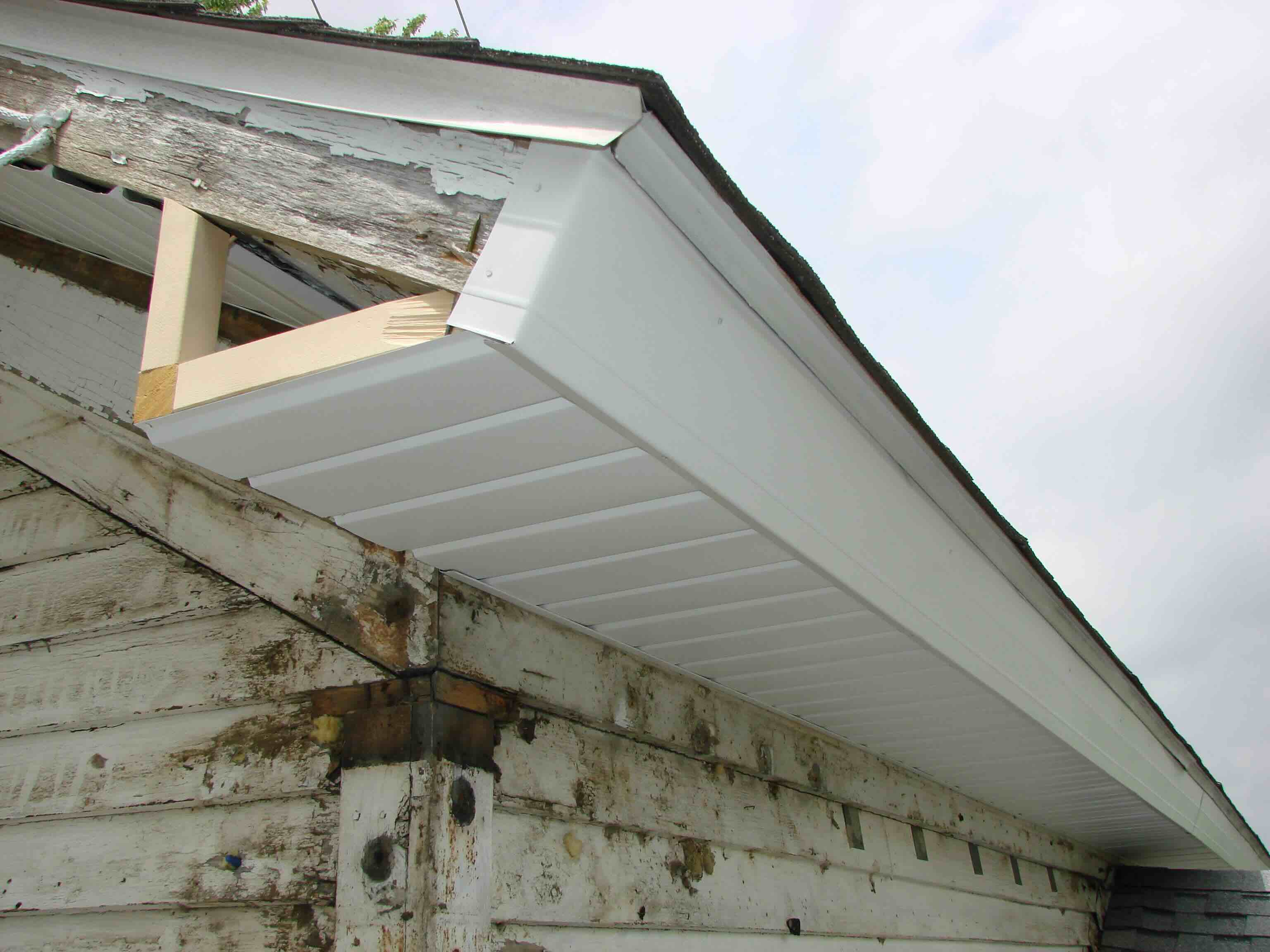

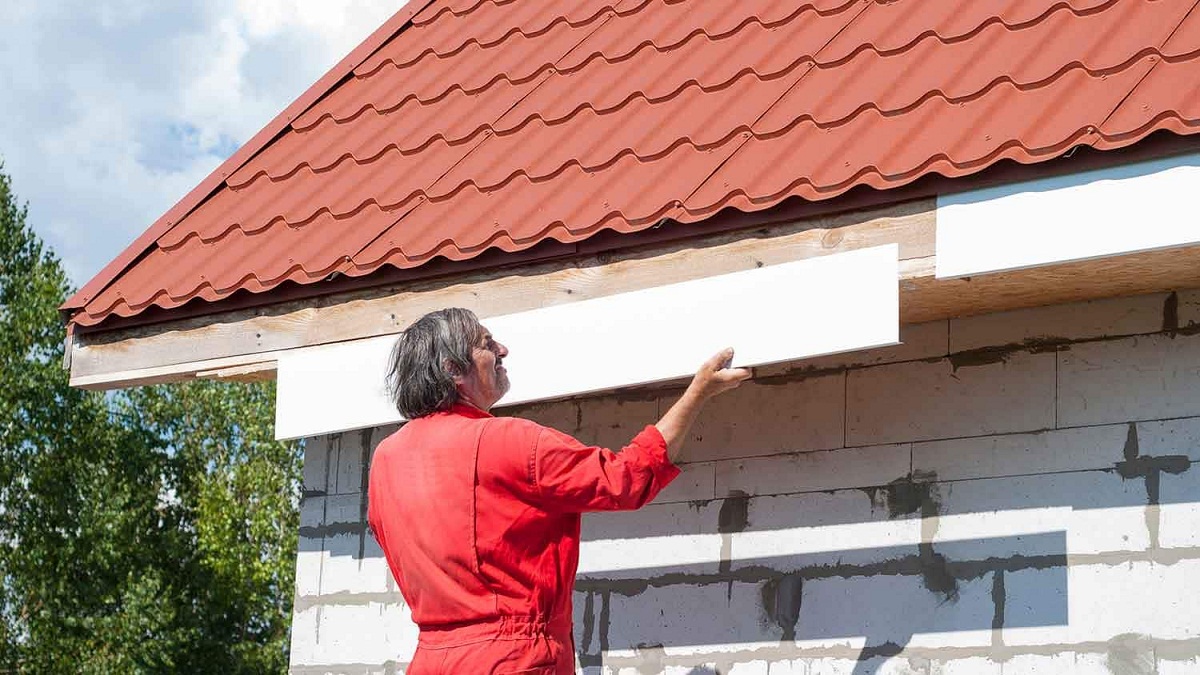
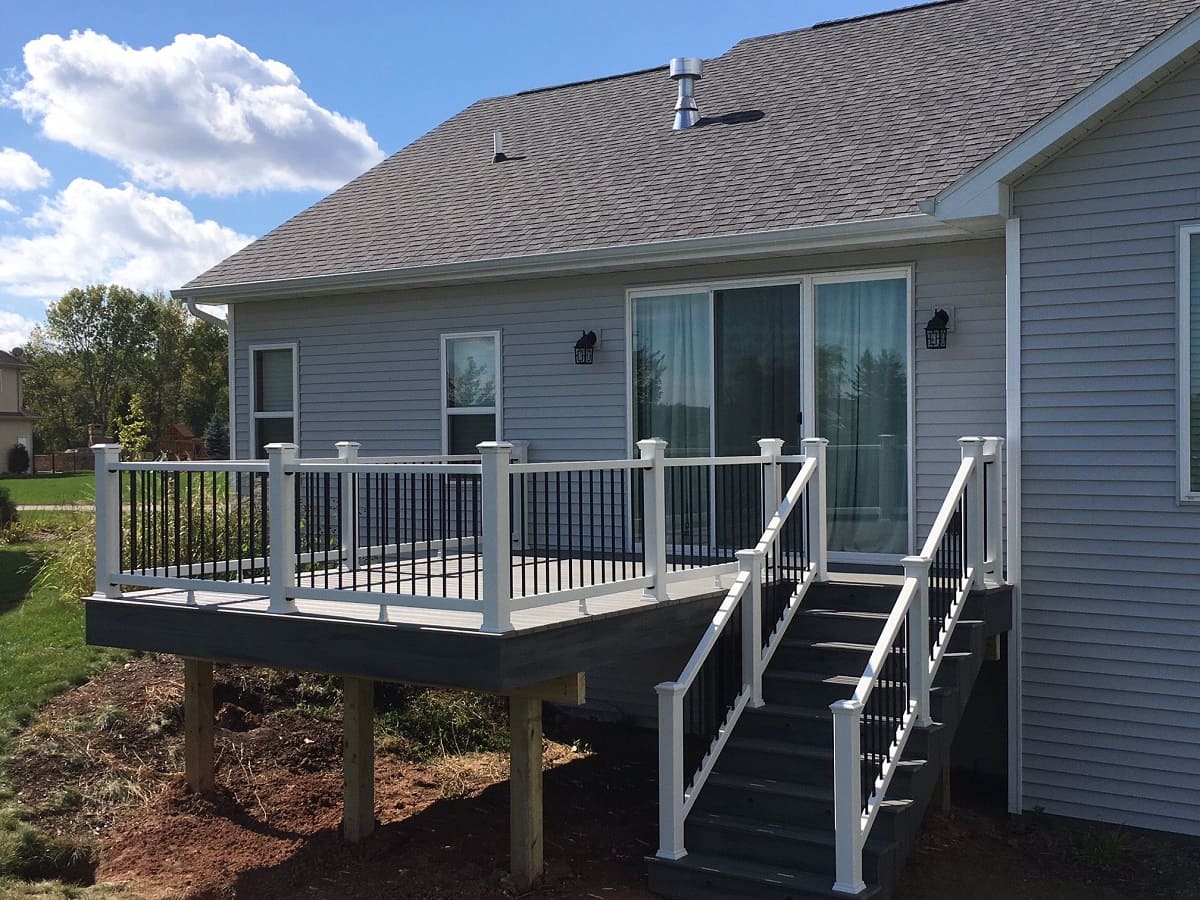
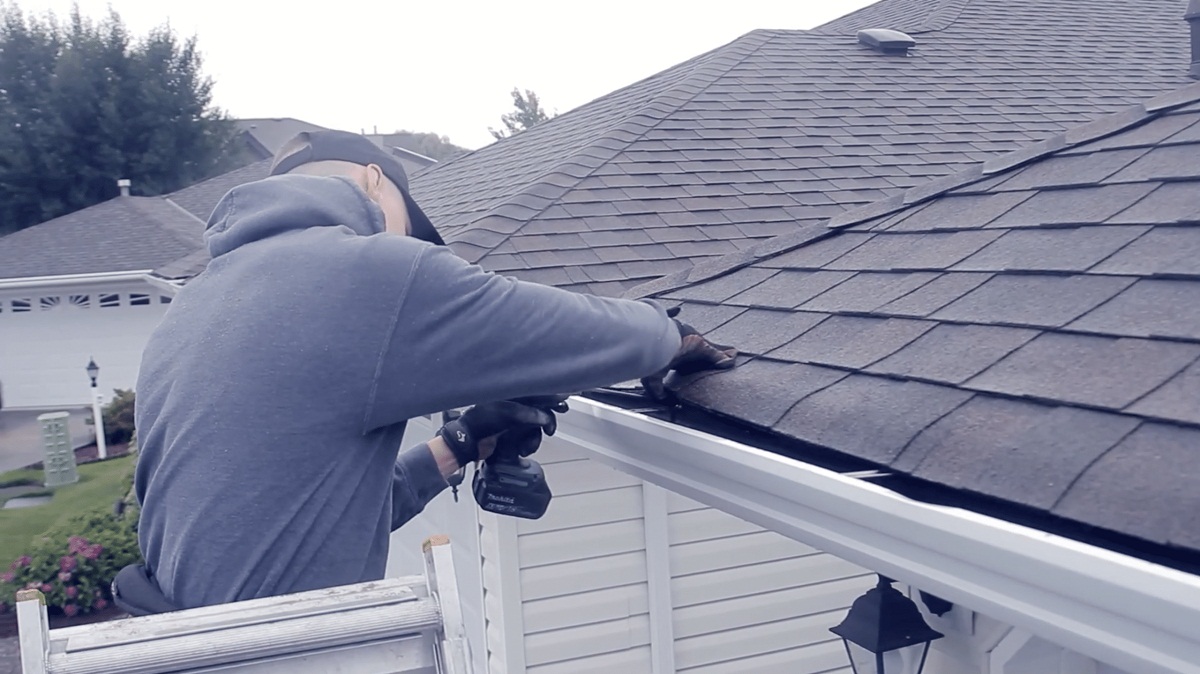
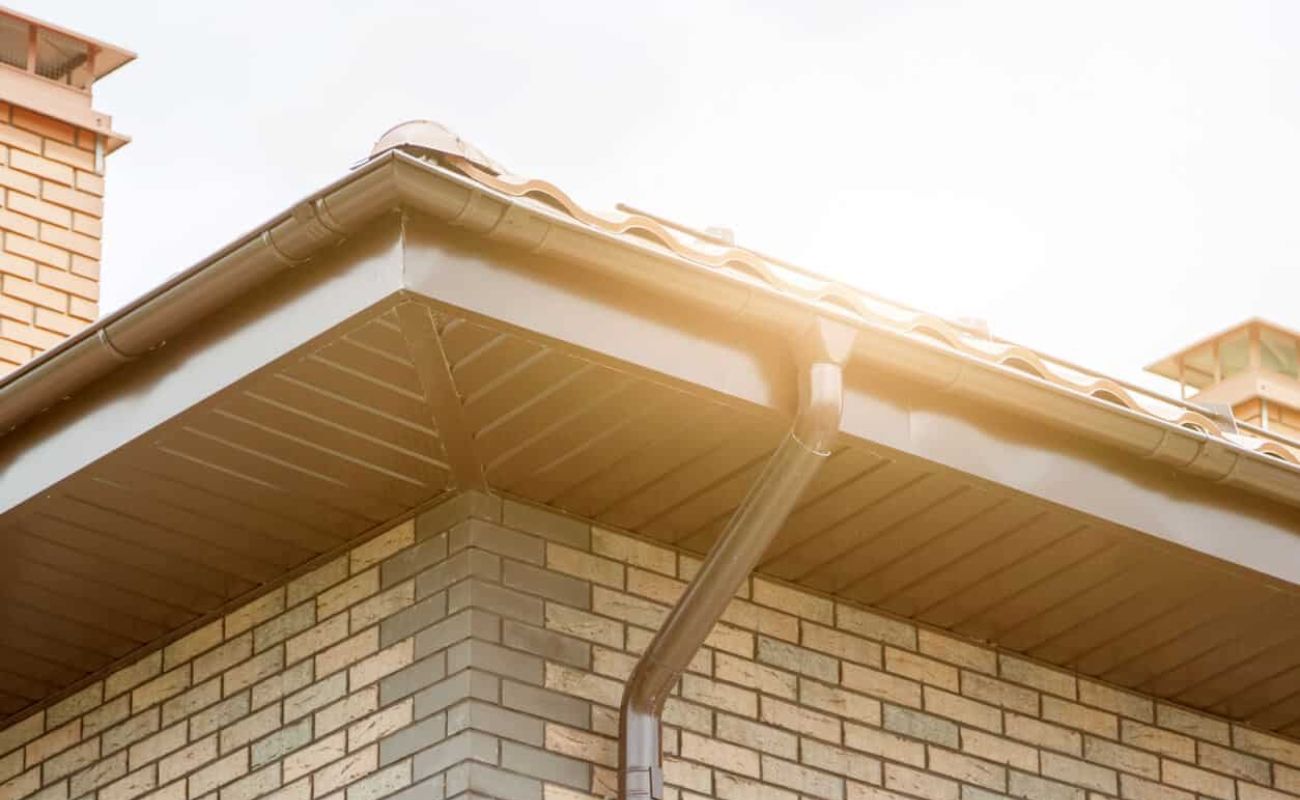
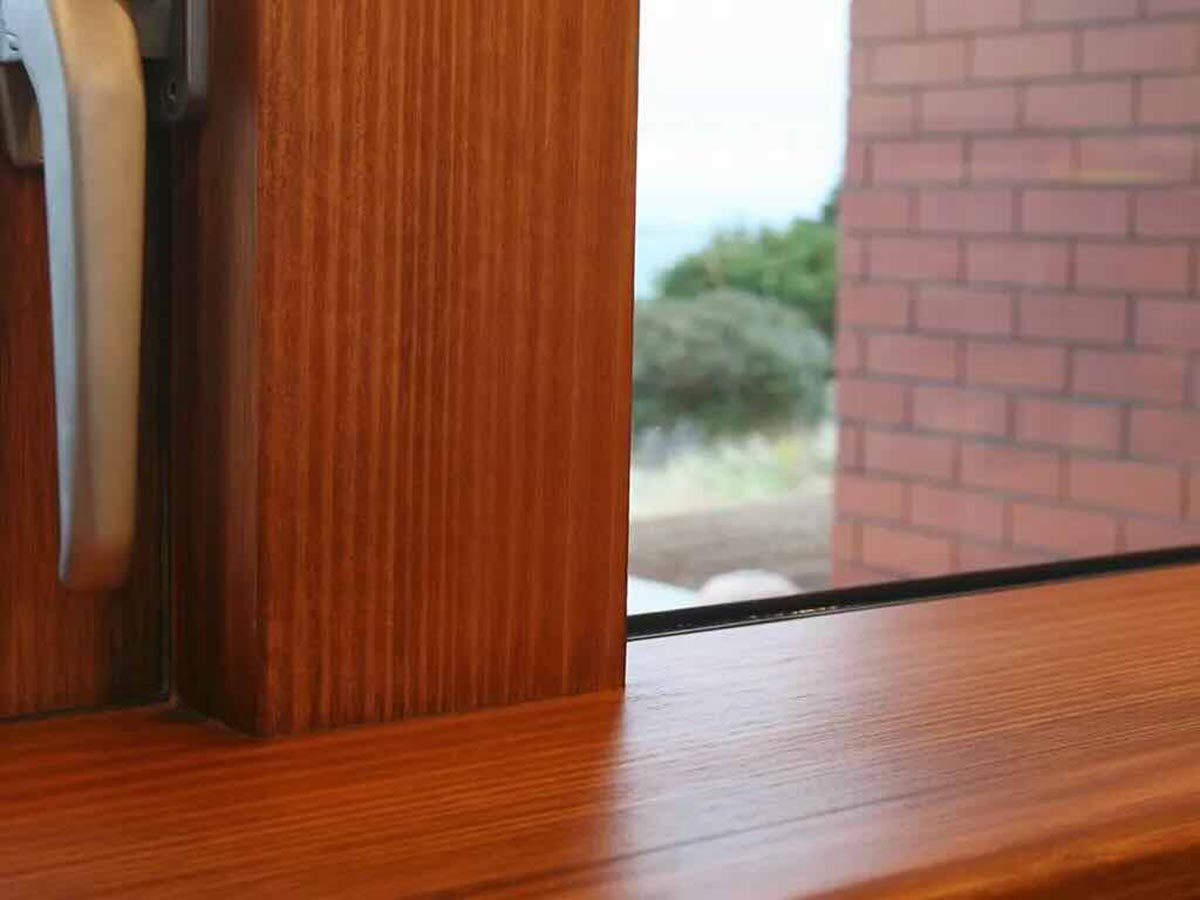

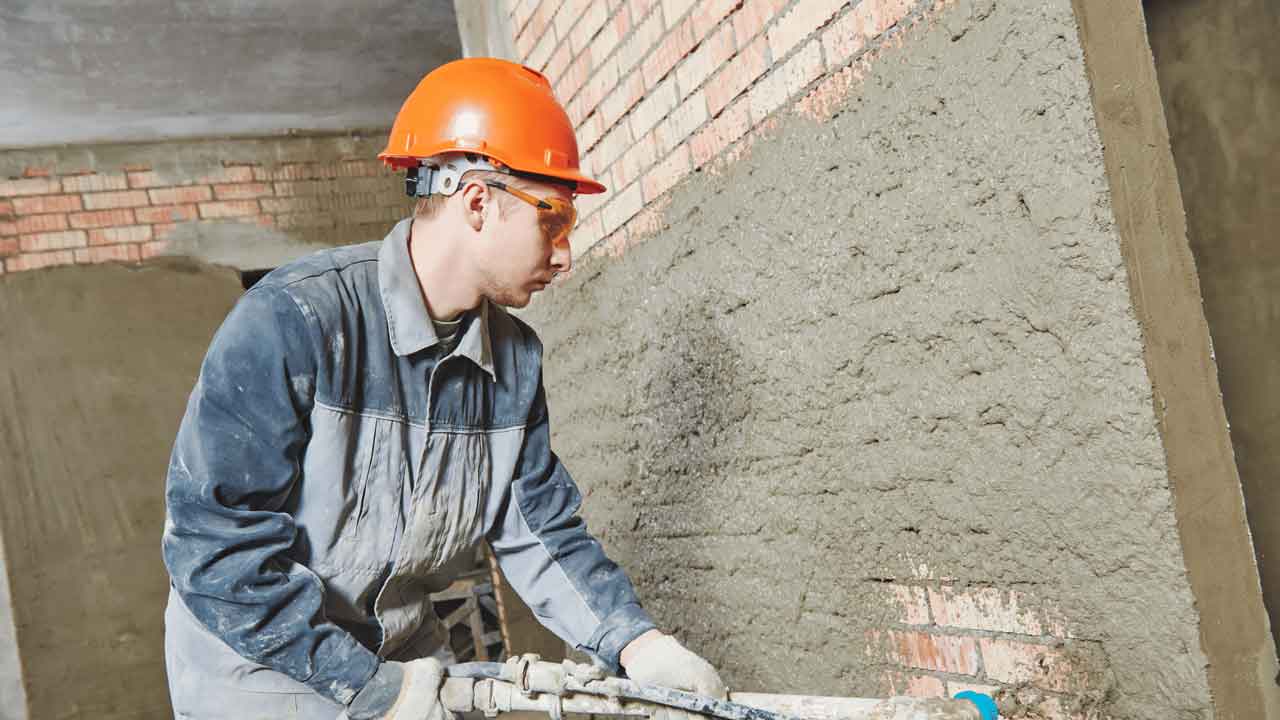
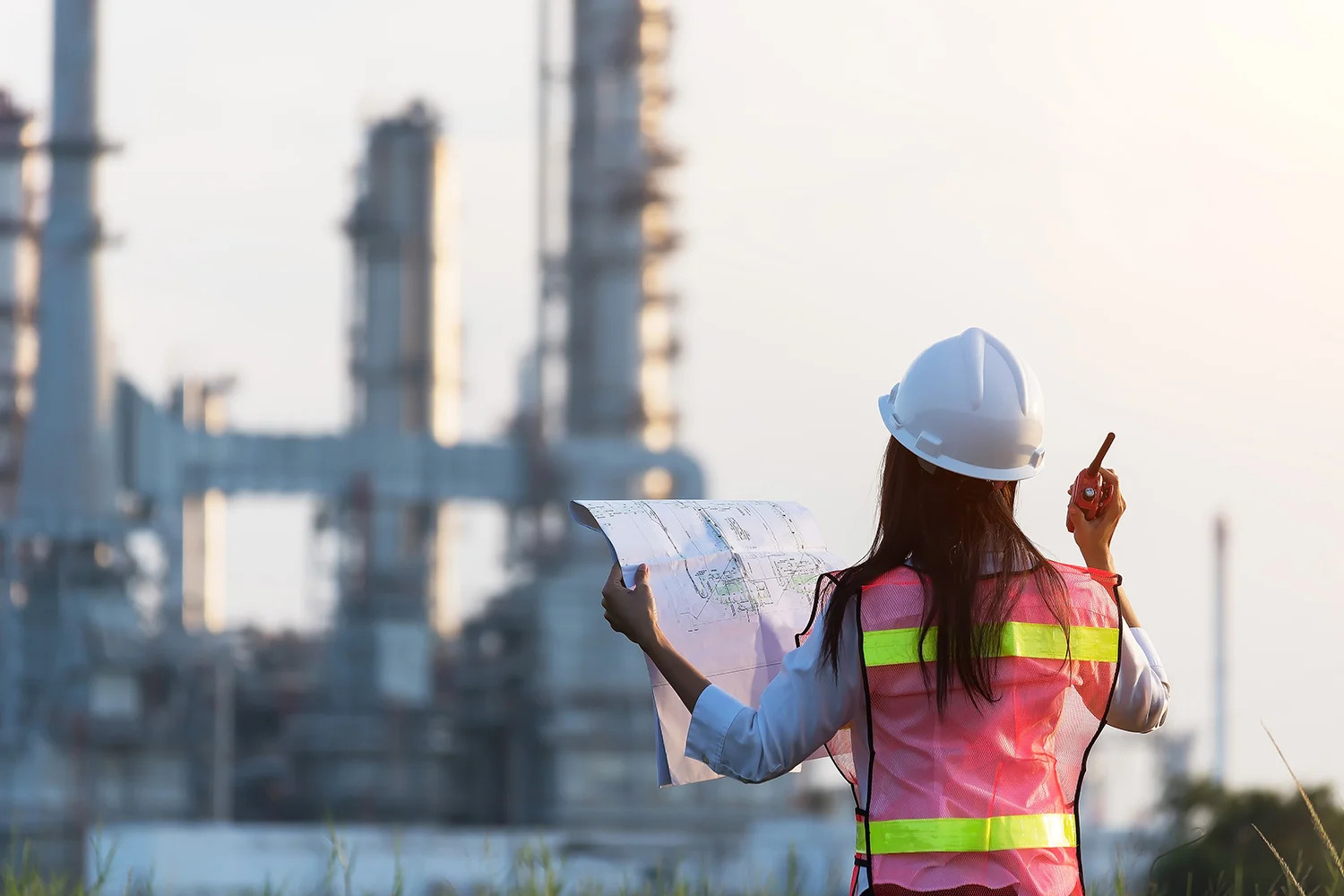
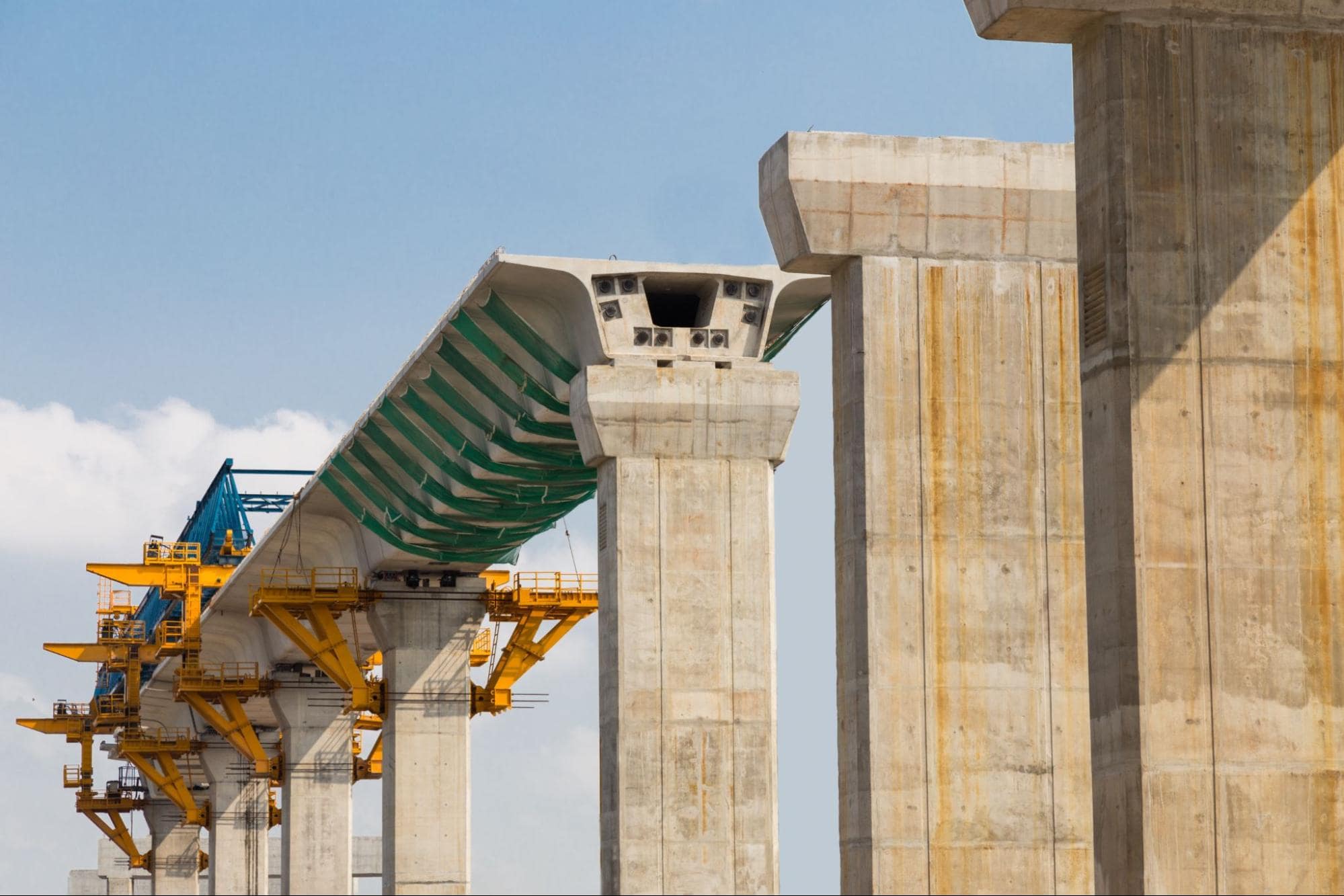
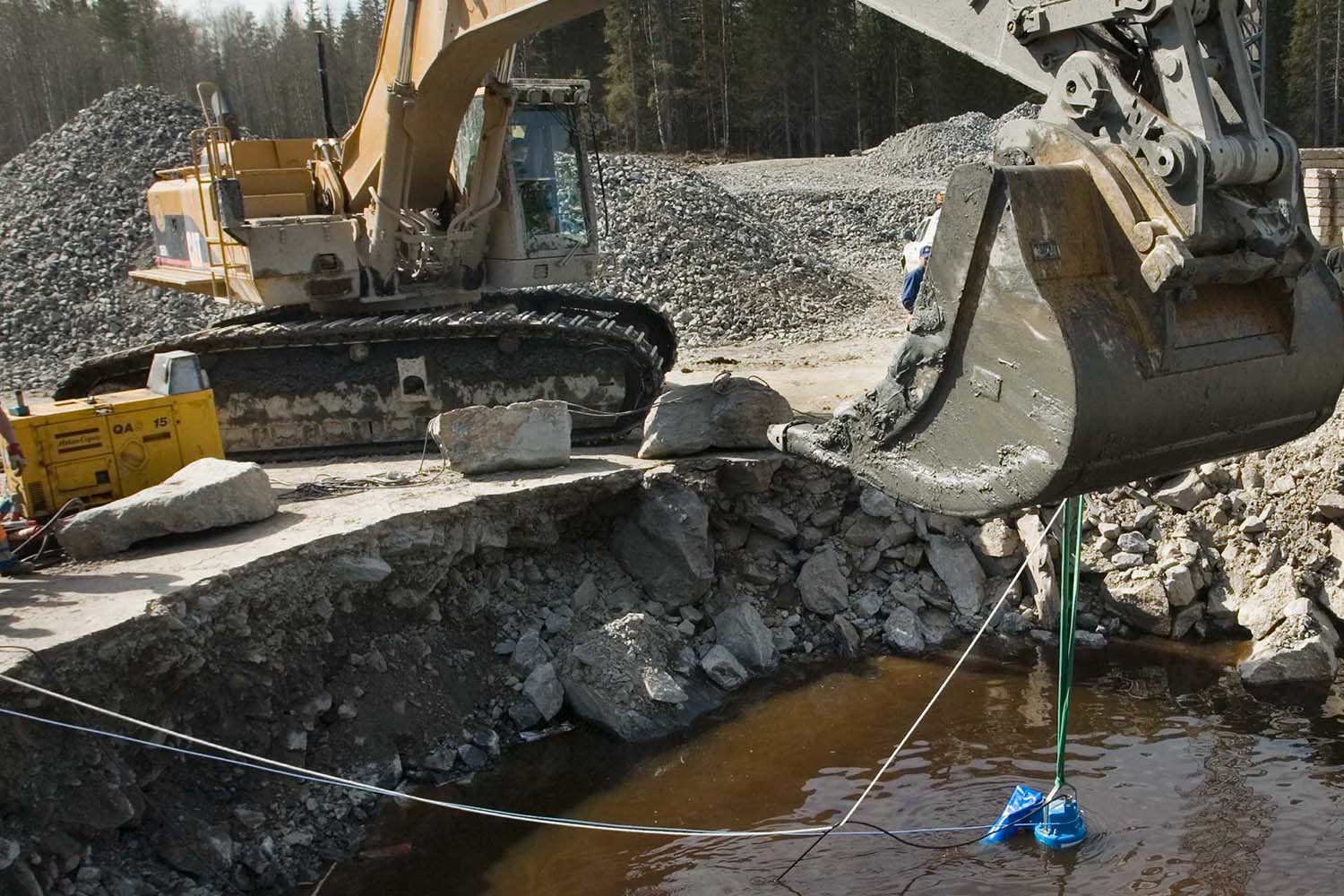
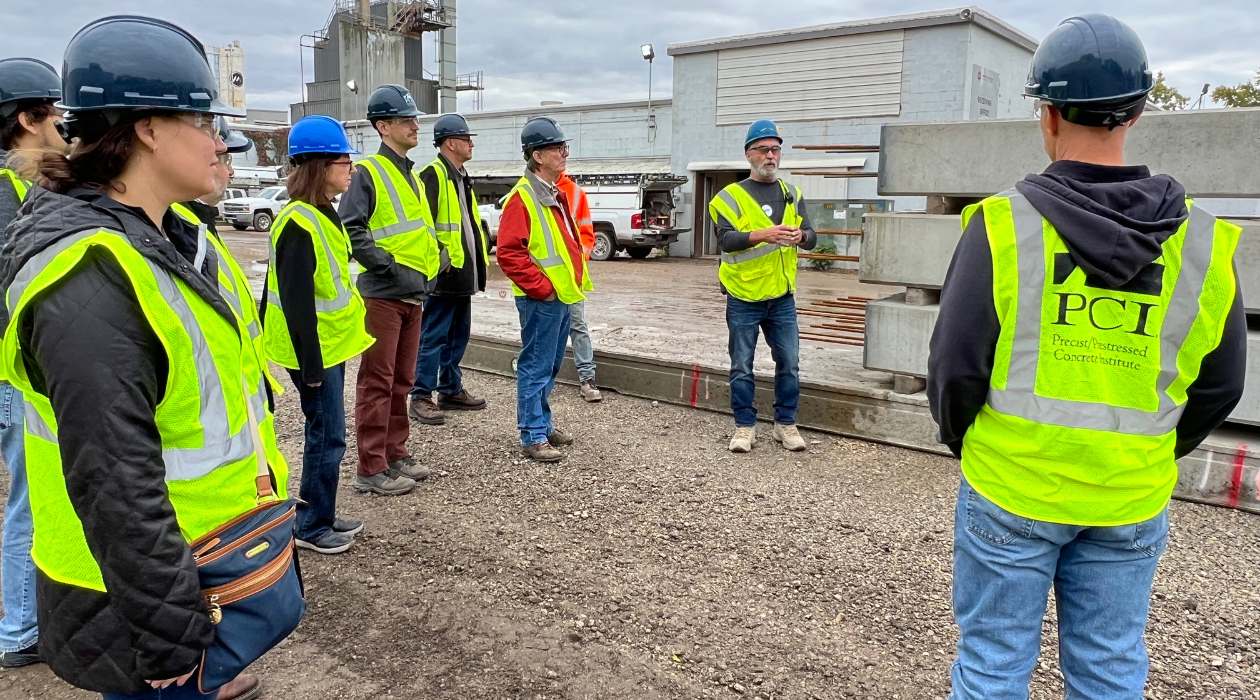

0 thoughts on “What Is A Fascia In Construction”